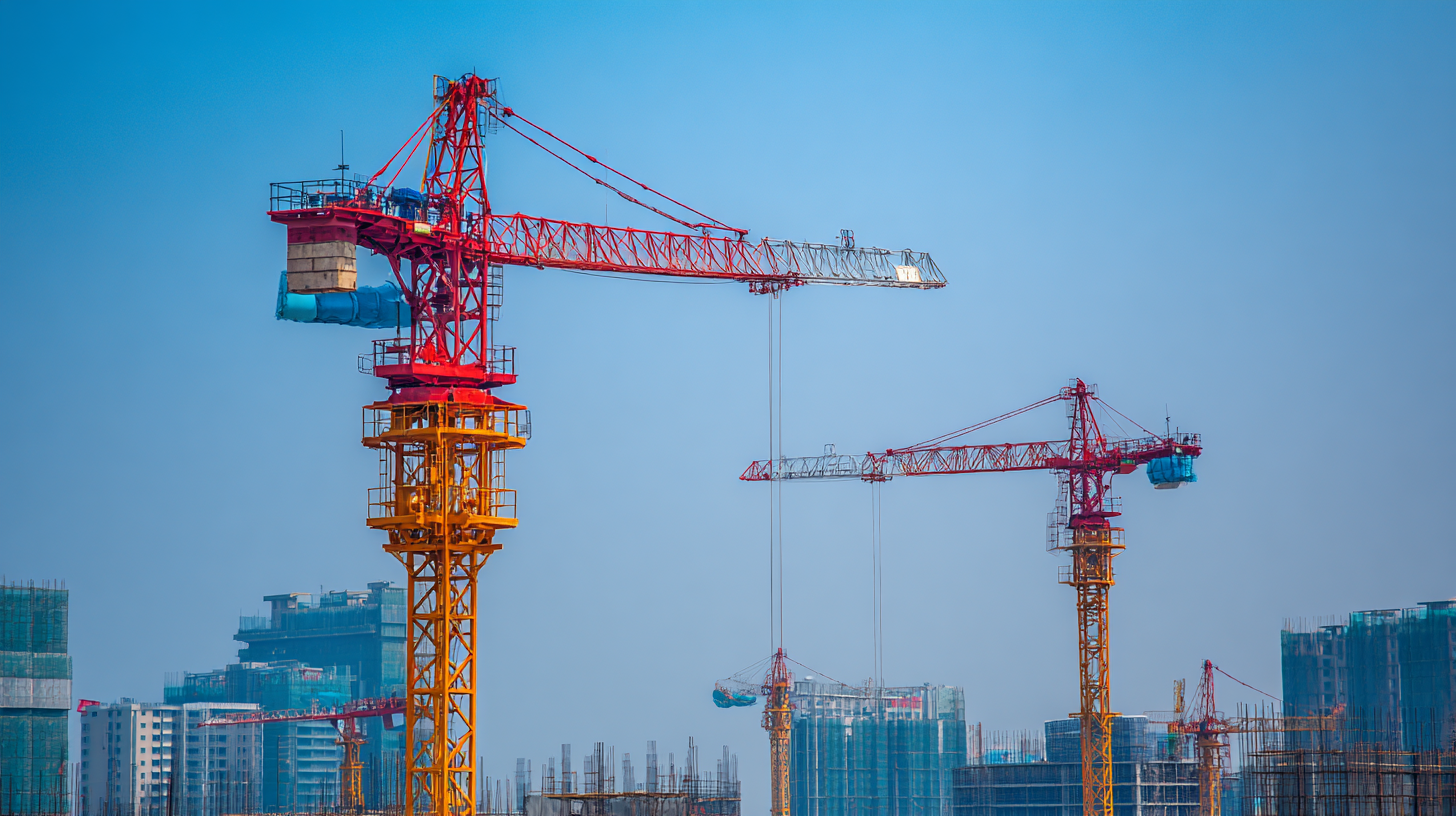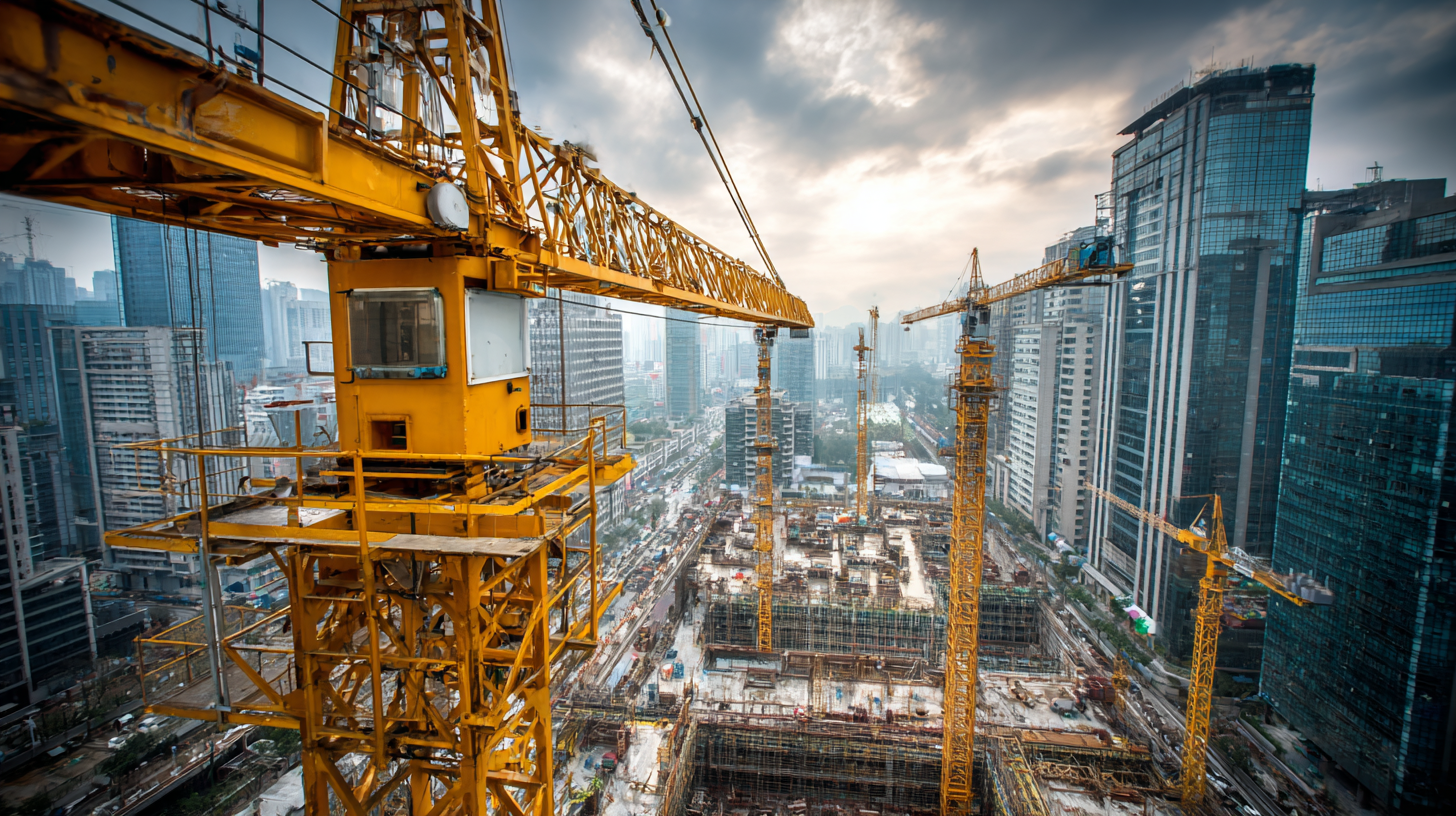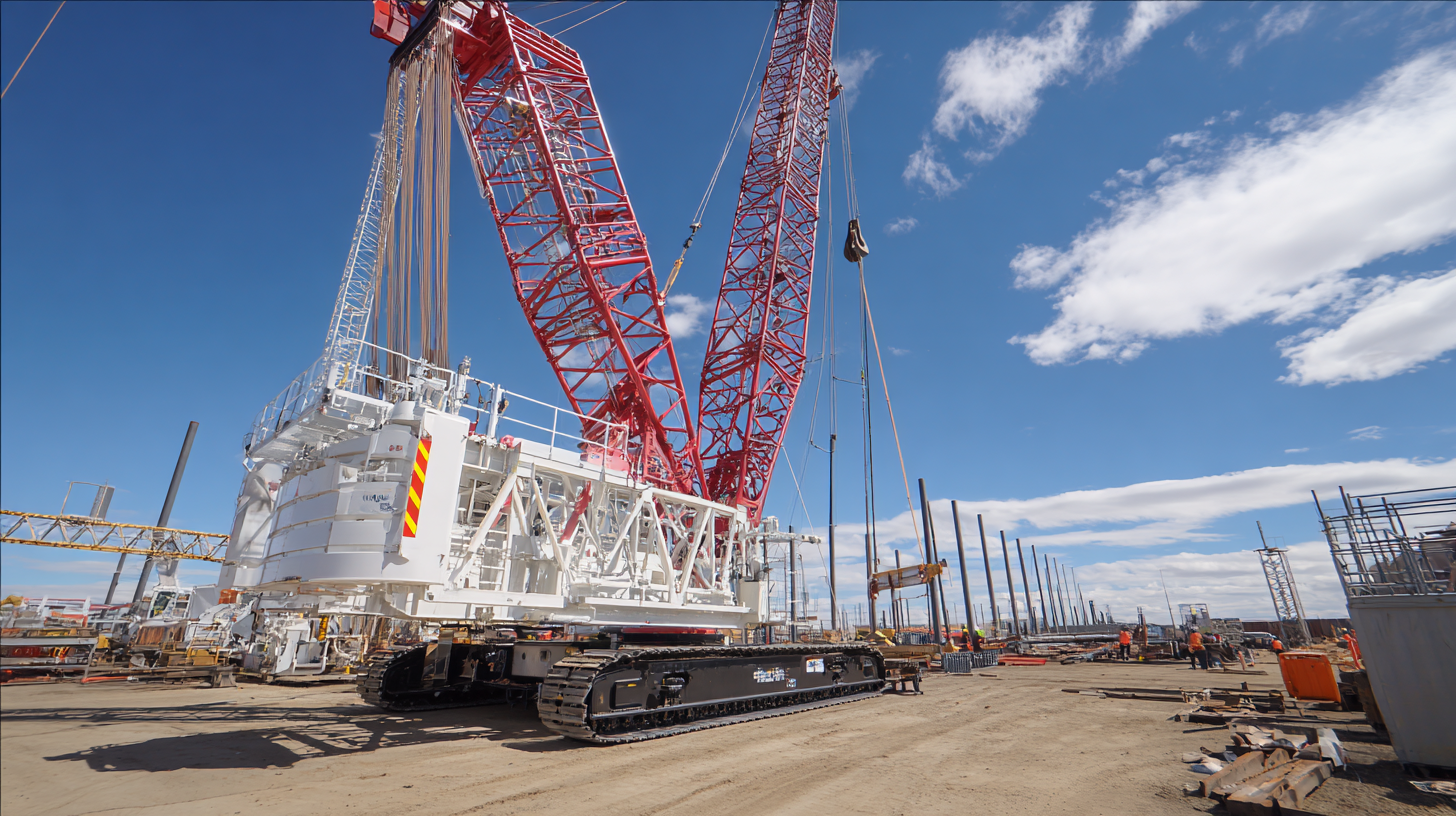In the construction industry, the usage of Self Erecting Tower Cranes has transformed project efficiency and productivity. According to a recent report by the American Society of Civil Engineers, the implementation of advanced crane technologies can lead to a 30% reduction in project timelines and a significant decrease in labor costs. However, maximizing the benefits of these cranes relies heavily on effective maintenance strategies. Regular inspections and proactive maintenance not only ensure the reliability of Self Erecting Tower Cranes but also contribute to long-term savings, potentially reducing operational costs by up to 20%.

This guide will explore best practices for maintaining Self Erecting Tower Cranes, highlighting how proper upkeep can enhance performance and extend the lifespan of these vital machines, ultimately supporting sustainable construction practices.
When deploying self-standing tower cranes, implementing best practices in maintenance is crucial for optimizing their performance and longevity. According to a report by the American Society of Civil Engineers, regular maintenance can extend the lifespan of tower cranes by 30% while reducing unexpected downtime by up to 25%. These savings are significant, especially in large-scale construction projects where every hour counts.
One effective strategy is to implement a routine inspection schedule that adheres to the manufacturer’s guidelines. This includes checking the integrity of the tower structure, inspecting wire ropes, and ensuring that all mechanical components are functioning properly. The National Commission for the Certification of Crane Operators suggests that regular training for maintenance personnel enhances compliance with safety standards, leading to fewer accidents and a more efficient worksite. Additionally, utilizing advanced monitoring technology can help detect wear before it escalates into costly repairs, enabling proactive maintenance decisions that ensure optimal crane operation.
Incorporating these maintenance practices not only maximizes the efficiency of self-erecting tower cranes but also contributes to the overall safety and success of construction projects. Leveraging data-driven insights from industry reports reinforces the importance of a robust maintenance strategy, ultimately paving the way for long-term savings and operational excellence in crane management.
| Maintenance Strategy | Frequency | Estimated Cost ($) | Potential Savings ($) | Notes |
|---|---|---|---|---|
| Routine Inspections | Monthly | 200 | 500 | Early detection of issues |
| Lubrication | Quarterly | 150 | 300 | Reduces wear and tear |
| Safety Checks | Bi-weekly | 100 | 200 | Ensures operator safety |
| Load Testing | Annually | 500 | 1000 | Confirms operational integrity |
| Component Replacement | As Needed | Varies | Varies | Prevents major failures |
Modern self erecting tower cranes (SETCs) are revolutionizing the construction landscape, providing unique advantages over traditional cranes. One critical aspect that operational managers must understand is the technical specifications that underpin these machines. Research indicates that SETCs offer lifting capacities ranging from 2 to 10 tons, with maximum heights that can exceed 100 meters, depending on the model. This capability allows for efficient operation in various construction environments, thereby reducing project duration and labor costs significantly.
Additionally, SETCs feature advanced technologies such as automated erection systems and integrated load monitoring. According to a report by the International Institute of Crane Innovations, employing SETCs can lead to a reported 30% decrease in labor costs and a 25% increase in operational efficiency compared to conventional cranes. Maintenance strategies tailored to these cranes, such as regular inspections of the hydraulic systems and load-sensing equipment, can further enhance their longevity and performance. Keeping abreast of these specifications and maintenance best practices is crucial for construction firms looking to maximize their return on investment in self erecting tower cranes.

Proper maintenance of self-erecting tower cranes is crucial for enhancing their longevity and operational efficiency. Regular inspections should be a priority, as they help identify wear and tear before it escalates into costly repairs. Schedule monthly checks that include evaluating the hoist mechanisms, hydraulic systems, and electrical components. Keeping a detailed log of these inspections can also aid in recognizing patterns that may signal underlying issues, allowing for proactive maintenance.
Another key strategy is to implement a lubrication schedule tailored to the manufacturer's specifications. Ensuring that all moving parts are properly lubricated reduces friction and wear, which directly contributes to the crane's overall performance. Utilize high-quality lubricants and follow guidelines on intervals to prevent breakdowns. Additionally, educate your maintenance crew on the importance of this process, as it can significantly extend the lifespan of the equipment.
Finally, operator training plays a vital role in maximizing crane efficiency. Provide comprehensive training programs focused on safe operating procedures and routine checks. Educated operators are more likely to notice irregularities during operations, leading to timely maintenance. Investing in both equipment upkeep and operator proficiency can lead to substantial long-term savings while maintaining safety and productivity on the job site.
In the crane industry, preventative maintenance serves as a cornerstone for maximizing cost savings and operational efficiency. By scheduling regular inspections and maintenance checks, companies can identify potential issues before they escalate into costly repairs. This proactive approach not only reduces unexpected downtime but also extends the lifespan of self-erecting tower cranes. By addressing minor problems early, operators can avoid major financial burdens that come with emergency repairs, resulting in significant long-term savings.
Moreover, investing in a robust maintenance strategy enhances overall safety on job sites. By adhering to preventative maintenance protocols, companies ensure their cranes remain in optimal working conditions, mitigating the risks associated with equipment failure. This adherence not only protects workers but also bolsters the company's reputation for reliability and safety, which can lead to increased business opportunities. Ultimately, the integration of preventative measures not only contributes to financial savings but also fosters a culture of safety and efficiency that benefits all stakeholders in the crane industry.
When it comes to maintaining self-erecting tower cranes, avoiding common maintenance mistakes is crucial to ensuring optimal performance and longevity. According to a report by the International Journal of Construction Management, over 30% of crane failures can be attributed to inadequate maintenance practices. One prevalent mistake is neglecting regular inspections, which can lead to undetected wear and tear, resulting in costly downtime or accidents. Establishing a consistent inspection schedule, as recommended by the Crane, Hoist, and Monorail Alliance (CHMIA), can mitigate these risks significantly.
Another common error is overlooking the importance of proper lubrication and adjustments. Research shows that improper lubrication is responsible for nearly 25% of machinery breakdowns, emphasizing the need for detailed maintenance protocols. Operators should adhere to the manufacturer’s recommendations regarding lubrication intervals and types, ensuring that all moving parts are properly serviced. Additionally, implementing a comprehensive training program for crane operators, as suggested by the Occupational Safety and Health Administration (OSHA), can lead to better adherence to maintenance schedules and fewer operational mistakes, enhancing overall crane efficiency and safety.

